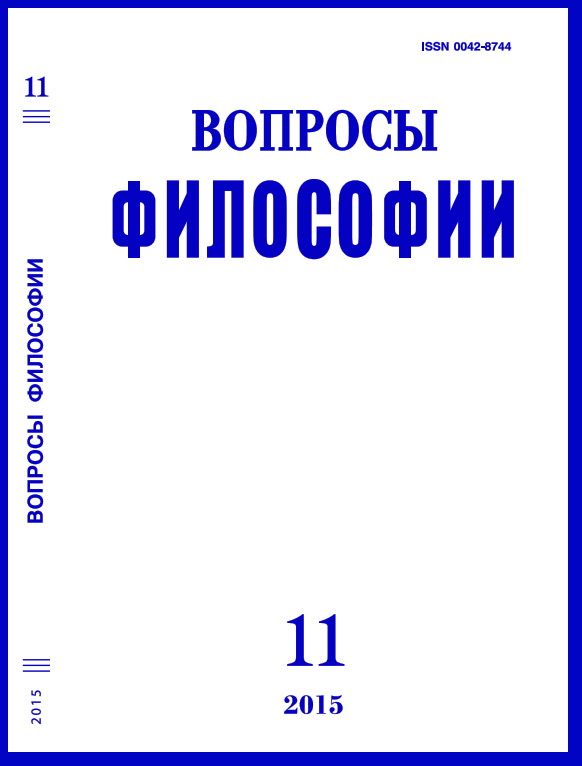К истории монадологии как учения о прерывных единствах
Ключевые слова:
атомизм, континуальность, дискретность, фонология, атом, монада, языкознание, физика, математика, междисциплинарное исследование.Аннотация
Русский математик второй половины XIX в. Н.В. Бугаев следовал общему взгляду на монады Лейбница. Мировоззрение Бугаева основано на принципах монадологии, тогда как в области философии науки он противопоставлял аритмологию, включая различные разделы дискретной математики, и анализ. Из учеников Бугаева о. Павел Флоренский развивал (особенно в своей диссертации) идею особой важности исследования неконтинуальных элементов для различных областей знания начала XX в. Позднее ту же идею высказал А.Н. Колмогоров, учителем которого был Н.Н. Лузин (другой студент Бугаева), в своей специальной лекции. Идея и роль дискретных элементов для научных инноваций последнего периода проиллюстрирована в докладе результатами современной фонологии. Среднее число N фонем в языке определяется формулой 10 < N > 23 ・ 10. С эволюционной точки зрения это соответствует количеству сигналов в коммуникационной системе человекообразных и обычных обезьян (и других высших млекопитающих). Изменения в развитии человеческого языка были вызваны не ростом числа символов, но появлением их новой функции. Ранее существовавшие знаки стали элементами, которые помогли дифференцировать слова с разными значениями. Автор считает, что проблема атомов языка и других знаковых систем может быть пересмотрена с этой точки зрения.
Доклад Вяч. Вс. Иванова сопровождается обсуждением

